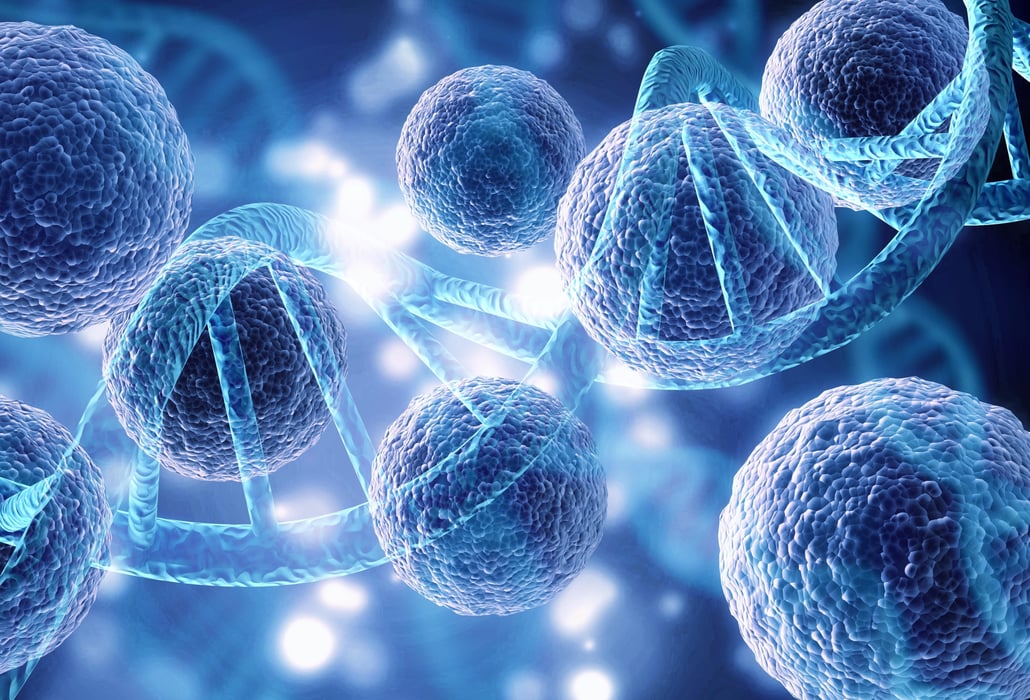In Animal Studies, Gene Therapy Shows Promise for Spinal Cord Injury Pain

FRIDAY, May 13, 2022 (HealthDay News) -- An experimental gene therapy for spinal cord pain shows promise in mice, researchers say.
About half of spinal cord injury patients have neuropathy, which is chronic or debilitating pain, tingling, numbness or muscle weakness caused by damaged or malfunctioning nerves.
Treatment of neuropathy can be challenging. For example, medications often require complex, continuous delivery and can cause side effects such as sedation and motor weakness. Prescription opioid painkillers can be effective, but may lead to increased tolerance and the risk of misuse or abuse, the researchers explained.
It's possible to pinpoint the precise location of a spinal cord injury and origin of neuropathic pain, so scientists are trying to develop treatments that target malfunctioning or damaged neurons in affected areas of the spine.
The gene therapy tested in this study involves injection of a harmless virus that carries a pair of transgenes -- GAD65 and VGAT -- that encode for gamma-aminobutyric acid (GABA), a neurotransmitter that blocks pain signals between nerve cells.
The therapy was tested on mice with sciatic nerve injuries that caused significant neuropathic pain, and it triggered measurable suppression of pain-signaling neurons. The effects lasted for at least 2.5 months after treatment.
Because the therapy targeted the specific location of sciatic nerve injury in the mice, they had no detectable side effects, according to the authors.
"One of the prerequisites of a clinically acceptable antinociceptive [pain-blocking] therapy is minimal or no side effects like muscle weakness, general sedation or development of tolerance for the treatment," said senior study author Dr. Martin Marsala, a professor in the Department of Anesthesiology at the University of California, San Diego School of Medicine.
"A single treatment invention that provides long-lasting therapeutic effect is also highly desirable. These findings suggest a path forward on both," Marsala added in a university news release.
It's noted, however, that research on animals does not always produce the same effect in humans.
The study was published online recently in the journal Molecular Therapy.
More information
There's more on spinal cord injury at the U.S. National Institute of Neurological Disorders and Stroke.
SOURCE: University of California, San Diego, news release, May 9, 2022
Related Posts
Data Extracted From Continuous EEG Can Predict Neonatal Seizures
TUESDAY, April 4, 2023 (HealthDay News) -- Data extracted from standardized...
ASCO: Lack of Benefit Seen for Indefinite-Duration Immunotherapy in NSCLC
TUESDAY, June 6, 2023 (HealthDay News) -- For patients with advanced non-small...
COVID Meds Appear to Work Against BA.2 Omicron Variant
MONDAY, March 14, 2022 (HealthDay News) -- A number of COVID medications have...
